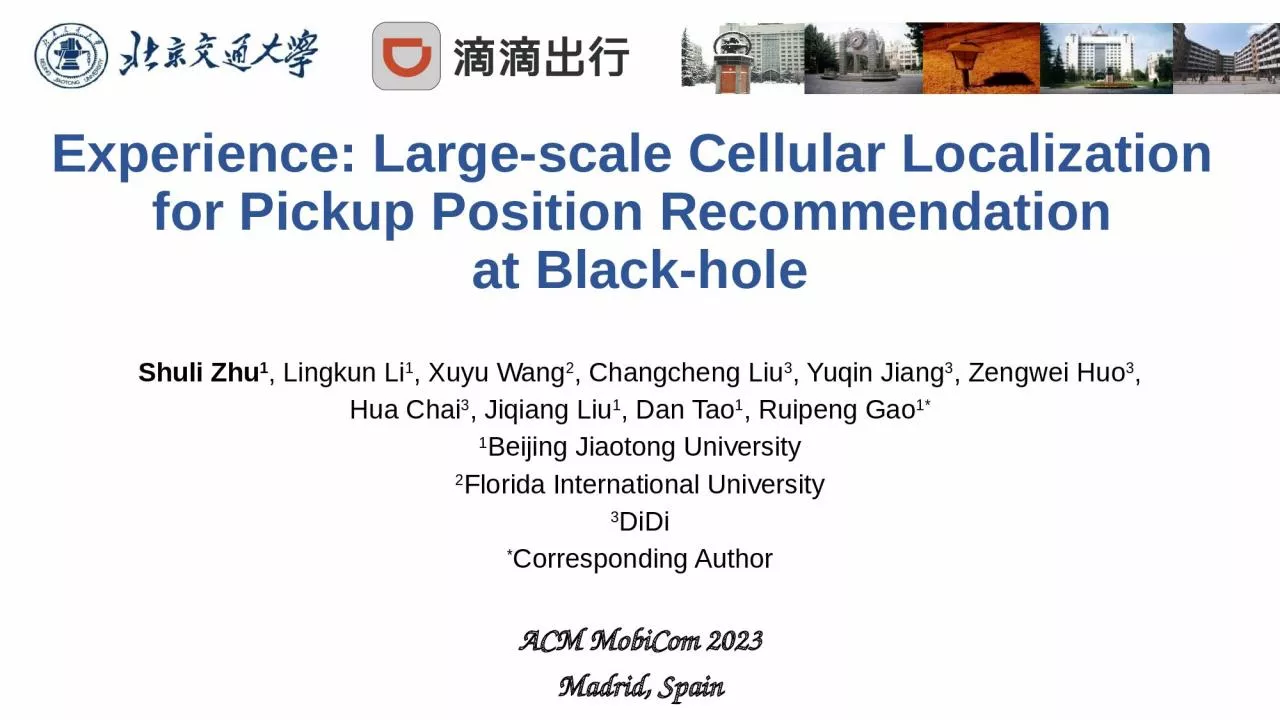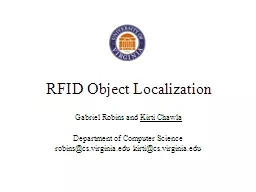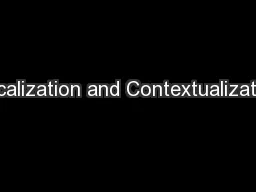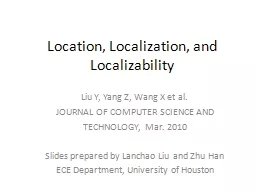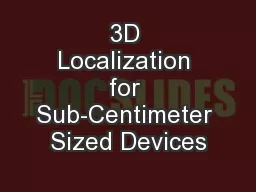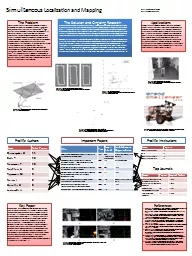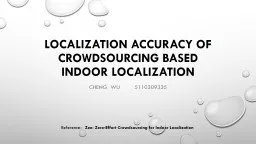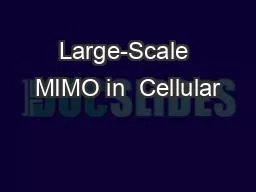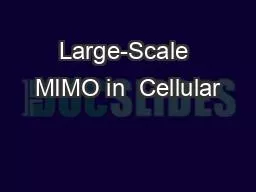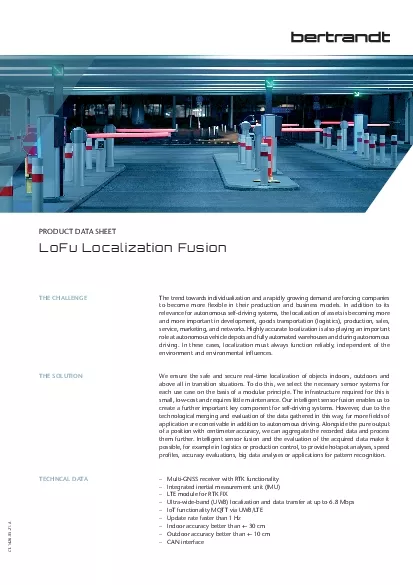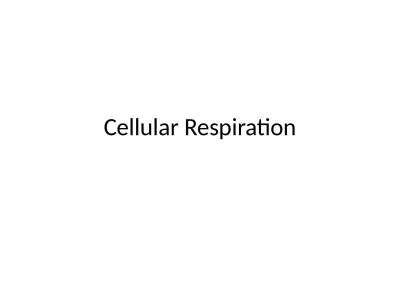PPT-Experience: Large-scale Cellular Localization
Author : morgan | Published Date : 2024-02-02
for Pickup Position Recommendation at Blackhole Shuli Zhu 1 Lingkun Li 1 Xuyu Wang 2 Changcheng Liu 3 Yuqin Jiang 3 Zengwei Huo 3 Hua Chai 3 Jiqiang
Presentation Embed Code
Download Presentation
Download Presentation The PPT/PDF document "Experience: Large-scale Cellular Localiz..." is the property of its rightful owner. Permission is granted to download and print the materials on this website for personal, non-commercial use only, and to display it on your personal computer provided you do not modify the materials and that you retain all copyright notices contained in the materials. By downloading content from our website, you accept the terms of this agreement.
Experience: Large-scale Cellular Localization: Transcript
Download Rules Of Document
"Experience: Large-scale Cellular Localization"The content belongs to its owner. You may download and print it for personal use, without modification, and keep all copyright notices. By downloading, you agree to these terms.
Related Documents

